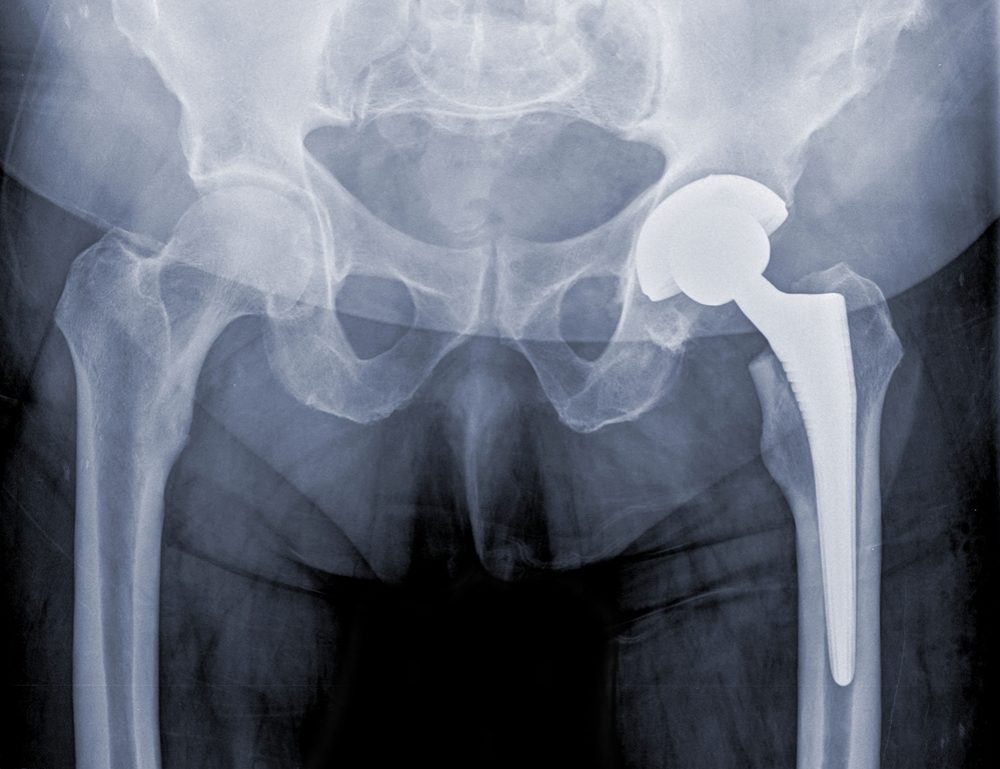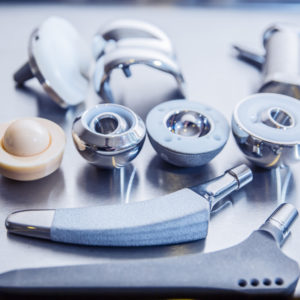Birmingham Hip Lawsuit Claims Smith & Nephew Misled Public On Implant’s Safety

According to allegations raised in a product liability lawsuit recently brought against Smith & Nephew, problems with the Birmingham Hip Resurfacing system were withheld from consumers and the medical community for years, resulting in many individuals receiving a defective and unreasonably dangerous hip implant.
The complaint (PDF) was filed by Gary Lunsford in the U.S. District Court for the Eastern District of California on June 14, indicating that he experienced painful and debilitating complications due to a Smith & Nephew Birmingham Hip recalled a few years after it was implanted in his body.
Lunsford indicates that he underwent a left hip resurfacing in September 2010, at which time a Birmingham Hip Resurfacing (BHR) system was used at that time, which included a 36mm femoral head and a 44mm acetabular cup. As a result of pain and other complications experienced during the years after surgery, Lunsford underwent hip revision to have the Birmingham Hip removed in October 2016.

Learn More About
Lawsuits are being reviewed for several different dangerous and defective hip replacement systems.
Learn More About this Lawsuit See If You Qualify For CompensationDue to high failure rates, Smith & Nephew subsequently withdrew the Birmingham Hip Resurfacing System from the U.S. market and recalled the hip implant in September 2015.
The Smith & Nephew Birmingham hip was one of the first metal-on-metal hip replacement systems on the market, and concerns were raised about its safety even before it was approved.
A competitor, Wright Medical, attempted to stop the devices from getting approved, filing a citizen’s petition with the FDA in 2006, asking the agency to reject the application for the BHR, due to concerns over the adequacy of the clinical trials used to obtain premarket approval.
Lunsford and other individuals pursuing a growing number of Birmingham hip lawsuits allege that Smith & Nephew was misrepresenting the nature of the studies submitted to the FDA and using bad science. For instance, Wright Medical claimed that the company’s data on Birmingham hip safety and effectiveness came from just one orthopedic surgeon.
In 2012, Hong Kong issued a warning regarding Smith & Nephew Birmingham hip systems, indicating that they appeared to be linked to a higher-than-normal failure rate.
In June 2014, Smith & Nephew issued a statement announcing it was recalling smaller size components and changing instructions for use of the Birmingham Hip Resurfacing system due to performance data.
The company warned that it had looked at data submitted to the National Joint Registry of England and Wales and found that “revision rates associated with men requiring femoral head sizes 46mm or smaller and with all women patients exceed the current benchmark established by the U.K. National Institute for Health and Care Excellence (NICE).”
Lunsford’s lawsuit indicates that the company knew about the problems long before then, and tried to conceal those problems from the FDA and the public.
“Smith & Nephew received hundreds of adverse reports and complaints regarding the BHR but delayed its reporting to the FDA, and when it did communicate adverse reports, it did not do so properly but, in fact, attempted to blame others for the adverse events,” the lawsuit indicates. “Smith & Nephew became aware of wide evidence that the BHR systems were wearing down more quickly and severely than anticipated, and failed to take appropriate action to determine the cause and provide a solution, nor did it appropriately advise the FDA.”
Claims for strict product liability, negligence, breach of express warranties, negligent misrepresentation and fraudulent concealment are being pursued by Lunsford, seeking both compensatory and punitive damages.
In May, the U.S. Judicial Panel on Multidistrict Litigation (JPML) ordered that all product liability lawsuits over Birmingham Hip Resurfacing be centralized before U.S. District Judge Catherine C. Blake in the District of Maryland.
As hip replacement lawyers continue to review and file cases for individuals nationwide, it is ultimately expected that hundreds, if not thousands, of cases may be brought in the coming weeks and months.
Get more articles like this sent directly to your inbox.
"*" indicates required fields
1 Comments






RickJune 23, 2017 at 8:49 pm
I had bilateral BHR in 2008, and bilateral revisions in 2013. They messed me up. I still have one cup in me because they were unable to remove it during the revision